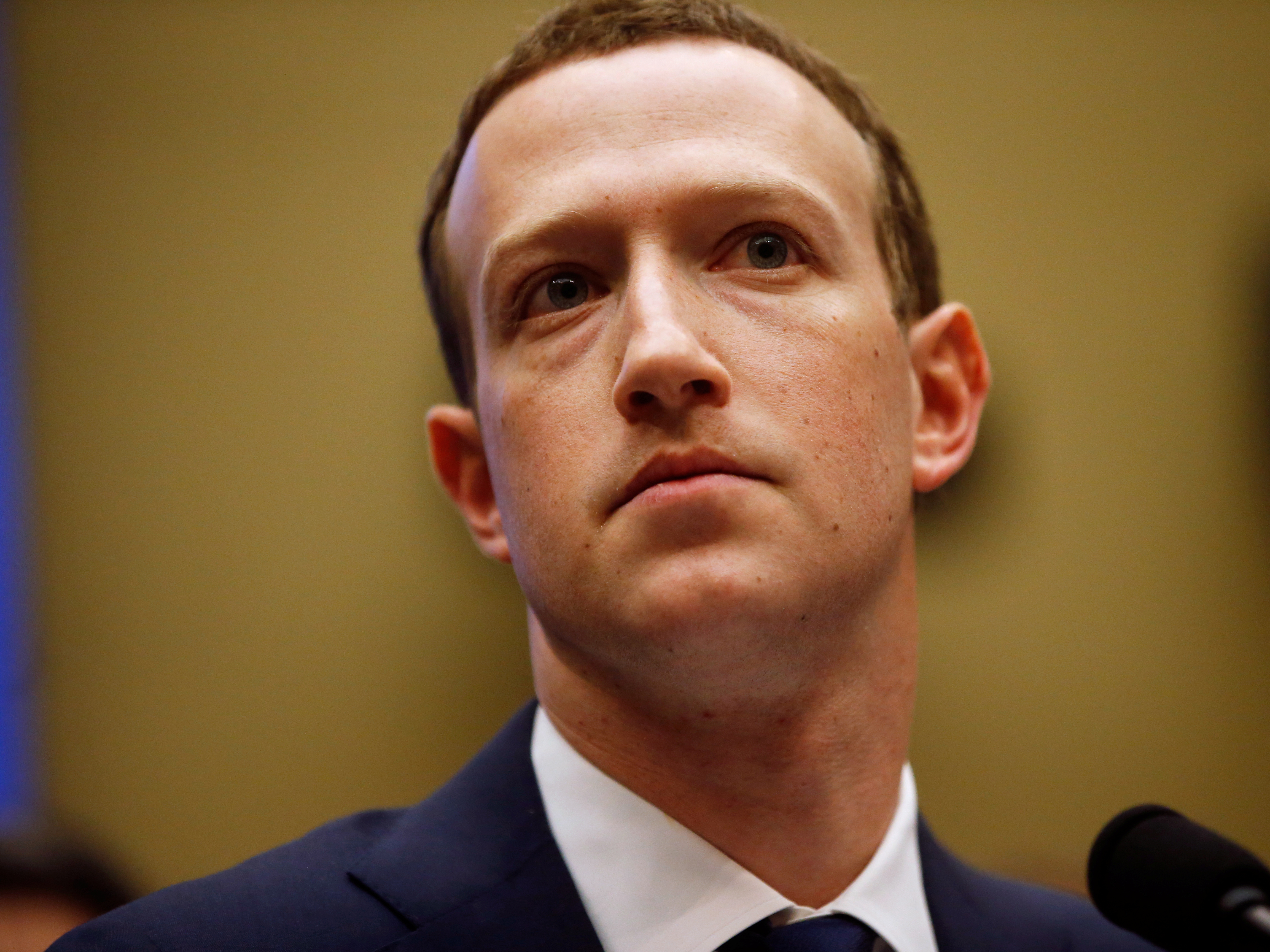- Advertisers are increasingly looking for ways to track reach and frequency across platforms and publishers, but media sellers struggle to share data with each other.
- Jonathan Steuer, chief research officer at Omnicom Media Group, said during an Advertising Week panel that blockchain-like technology could be a privacy-friendly way for marketers to analyze ad data.
- Brad Smallwood, Facebook’s VP of marketing science, said such a tool could solve measurement challenges but stressed that it’s only one solution and said that a coalition of advertisers is necessary to change how ads are measured.
- Click here for more BI Prime stories.
Advertisers want the walled gardens to come down so that they can better measure how many consumers see their ads, and a top exec from Omnicom Media Group has an idea of how it could work.
Jonathan Steuer, chief research officer at Omnicom Media Group, suggested during an Advertising Week panel that blockchain-like technology could help advertisers solve reach and frequency problems that happen when consumers are bombarded by too many ads.
Back in January, Facebook’s VP of marketing science, Brad Smallwood, suggested that a data-sharing program could use a Nielsen product to measure audiences across platforms.
Steuer said that he's been working on his idea for six to nine months. He called the tool a depository and said that blockchain-like technology would power it. To avoid privacy concerns from the platforms, the tool would use multiple databases and allow advertisers to create a standard framework for aggregating and measuring TV and digital data.
"No one ends up with keys to the whole kingdom, but through the use of strong cryptography through the whole process, we can simply run a report of reach and duplication of every campaign," he said.
Steuer's proposed tool would help prevent advertisers from showing consumers the same ad repeatedly. He also said it would allow advertisers to look at aggregate household-level data.
Once the data is collected, Steuer said advertisers would be able to measure complex metrics like attribution that track if consumers took an action after seeing an ad.
One challenge with measuring attribution is that tech and research firms only measure a sliver of media, he said. A depository of aggregated data solves some of those challenges, he said.
"Brand-building is still important but it's really hard to count," he said. "If you only optimize towards very specific outcomes that are short-term, you might lose the forest from the trees."
Ed Gaffney, managing partner and director of implementation research and marketplace analytics at GroupM, said on the panel that the depository would theoretically solve broader issues in the ad industry like lowering ad load and serving more personalized ads to consumers.
"We think we're wasting a lot of client money," he said. "Everything we do starts with a client [giving us] a dollar - we have to be good stewards of that dollar. I think we're decent but we can be better."
Facebook needs wide buy-in from the advertising industry
Smallwood spoke on the panel about how Facebook is working with advertisers to measure reach and frequency outside of its platform.
"Looking at Facebook in a bucket is useful to understand our overall ROI, but if I want to run efficiently, I need to understand reach and frequency," he said.
He also reiterated that advertisers need to specify which measurements they need to track performance without violating people's privacy.
"There are lots of ideas from a technology perspective," he said. "But the only way it works is if we agree on the use cases that we want to enable and a consistent framework for how we do it. That happens by having an advertiser-led coalition."










